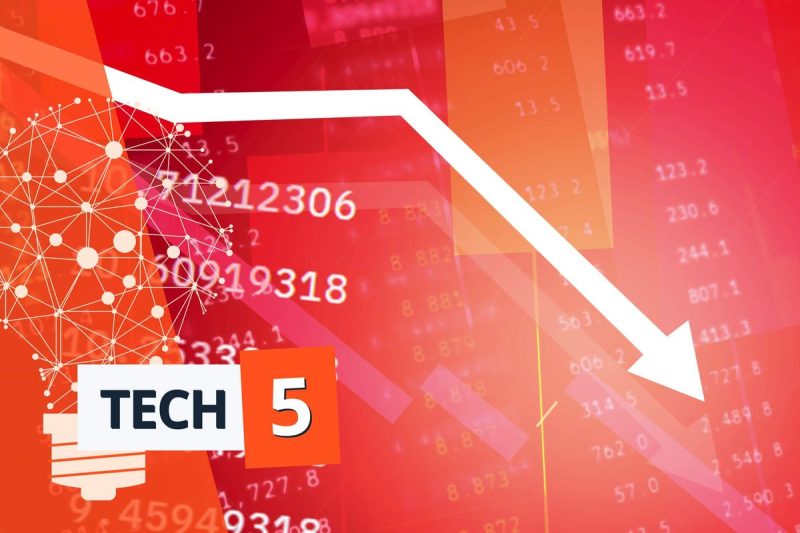The beginning of 2022 has seen turbulent times in the tech sector, with fears of a looming recession causing panic-selling and setting off a selloff frenzy. This abrupt shift in market sentiment has left many investors on edge as they navigate uncertain economic conditions. Several key factors have contributed to the tech selloff, each one playing a role in sparking fears and escalating the situation.
1. Inflation Concerns
One of the primary drivers behind the panic-selling in the tech sector is the growing concern over inflation. As prices for goods and services continue to rise, investors worry about the impact on corporate earnings and consumer spending. Inflation erodes the purchasing power of both individuals and businesses, leading to lower demand for tech products and services. This has put pressure on tech stocks, driving down their prices and triggering panic-selling among investors seeking to limit losses.
2. Rising Interest Rates
The prospect of rising interest rates has further fueled fears of a recession and triggered a tech selloff. Higher interest rates make borrowing more expensive for businesses, potentially dampening investment and growth in the tech sector. Additionally, rising rates can attract investors to safer assets like bonds, diverting capital away from riskier tech stocks. The anticipation of interest rate hikes by central banks has spooked investors, prompting them to sell off their tech holdings and move into more stable investments.
3. Geopolitical Tensions
Geopolitical tensions and uncertainty have also played a role in the recent tech selloff. Conflicts in various regions, trade disputes between countries, and other global uncertainties have added to the sense of instability in the market. Investors are wary of the potential impacts of these geopolitical factors on the tech sector, leading them to sell off their tech holdings as a precautionary measure. The fear of disruptions to supply chains, trade barriers, and regulatory challenges has contributed to the panic-selling in tech stocks.
4. Valuation Concerns
Another factor driving the tech selloff is concerns over high valuations in the sector. Tech stocks had experienced a prolonged period of rapid growth and lofty valuations, which made them vulnerable to a correction. As economic conditions became more uncertain, investors began reassessing the earnings potential and growth prospects of tech companies. The realization that many tech stocks were overvalued relative to their fundamentals prompted a wave of selling as investors sought to rebalance their portfolios and reduce exposure to overpriced assets.
5. Profit-Taking and Risk Aversion
Lastly, profit-taking and a general sense of risk aversion have contributed to the tech selloff. After a long period of gains, investors may be looking to lock in profits and preserve their capital in the face of mounting economic risks. The combination of inflation concerns, rising interest rates, geopolitical tensions, and high valuations has created a climate of uncertainty and caution in the market. As a result, many investors have opted to sell off their tech holdings and move to safer assets or cash positions.
In conclusion, the tech selloff triggered by recession fears highlights the interconnectedness of various economic factors and market dynamics. Inflation concerns, rising interest rates, geopolitical tensions, valuation issues, and risk aversion have all played a role in the abrupt downturn in the tech sector. Investors are navigating choppy waters as they try to assess the impact of these factors on tech stocks and position themselves accordingly. The widespread panic-selling reflects the current climate of uncertainty and underscores the challenges of investing in a rapidly changing economic environment.

